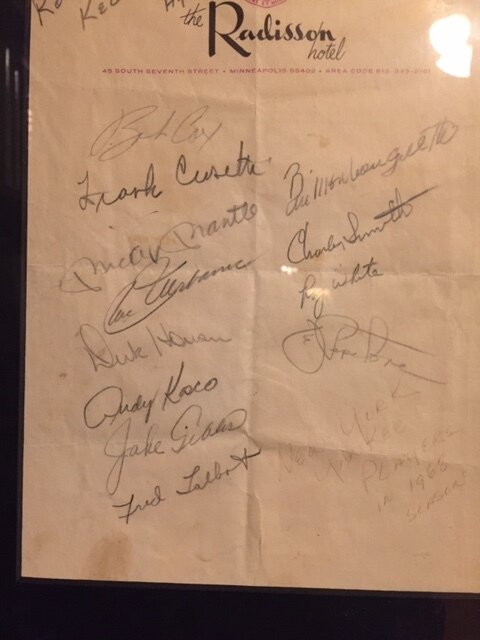I get this a lot: “We compete against a billion-dollar company. But we’re better.” How do the Davids of the world keep Goliaths in check?
Whether clients or colleagues, small to middle market manufacturers everywhere are talking about sharpening their stories to compete with the big dogs in the Fortune 500 (more on this in the excellent book published by IMEC this year called Made in Illinois.
Here’s how you do it:
Content consistency is king, queen and the entire court. Your mail carrier is a great metaphor. They deliver (literally) no matter what. Consistently publishing content means more than even great writing (did I just say that!!??!!). Why? Because when you send your blog out on time (we get an F- for this at K+L) or you show up on Instagram three times a week (C-) or you share a LinkedIn post weekly (don’t ask), it’s like showing up for the neighborhood baseball game on a regular basis. It says you are in it for the long game. Start with a content mission statement. This is super easy to write. Fill in the blanks: Our content is for (audience) who can find (type of content) that will help them (what the content will help them do).
Blogs inspire admiration which leads to trust. Blogs do not bulldoze into prospect doors and get them to sign on the dotted line. They do, however, solve problems. That’s the beauty of blogs. They answer the questions your customers struggle with. And, you, the noble small to midsize manufacturer show you are there for them with blogs that have real answers and heartfelt advice.
Write like your hero talks. Too many people in this world say they can’t write. This is the tragedy of traditional grading systems. One “F” on an English paper, and it wrecks havoc on the creative writer inside us. But you don’t have to be Hemingway to write well, you just have to be a good listener and show empathy. When it comes to your website or email campaigns or sales decks, incorporate the language of your hero — your customers and prospects.
Data science is your top super secret competitive advantage. Rich data surrounds you. Use this information as the “authoritative” differentiator in your messaging. We recently designed a survey for a locally-owned solar company, Independence Renewable Energy in Sandwich. The information not only will inform the brand work we are creating, it also netted the company four new newsletter subscribers, inspired social posts and provided an excellent reason to reach out to past customers. Original research provides content for press releases and blogs. Think exclusivity: what data do you have that you and you alone can share?
Plan content around business objectives. Don’t just be an online content creator, be an online marketer. (more on content specifically at VIA’s Can-Do Content Marketing for Manufacturers roundtable on June 18 featuring Michael Lis from Speck Media, Nancy O’Leary from Custom Direct and Janet Viane from Red Caffeine, plus yours truly). The gist: give content a job. Make it work hard to achieve your business objectives. Like: creating a better customer experience, increasing leads, attracting investors, reaching revenue goals, converting prospects into customers and building community.
Choose your worldview. This is where size is an advantage. Very large companies must overlay their values onto thousands of people. Small to midsize manufacturers, however, can plant their flag and share their values across the company with greater agility. Integrate your company’s worldview in your content and you become unforgettable or, at the very least, not forgotten in a noisy world.
Treat your website like your dog. Feed it, love it, take it for a walk every few days. But, absolutely do not ignore your website or it will grow lonely and – I so hate to say this word as I live for style – shabby.
Social media are databases, but your inside list is gold. There was the world before social media and the world after. The latter isn’t so bad if you think of it as yet another place to build community. Building an inside list, however, is not just a database; it is gold. Treasure it, respect it and, by all means, use it to stay in touch with your most important people.
Social responsibility is the main course, not a side dish. If you believe in stamping out hunger or saving the planet or helping at-risk youth, then create a team of people who believe in that too and do something. Take one small step. As we saw with the VIA Spark Awards, it starts with one person who says: “Why not? This cause means something to us.” From there, invite people to volunteer to be on a green team or a social impact group. Big companies do not always have the agility to make bold moves. Be bold.
Love first. This needs little expansion. Love is the place from which amazing things are born. Show the love in the words you share, mediums you frequent and lives you touch. That’s great content marketing - being a bright hope for others and staying with them so they succeed.







